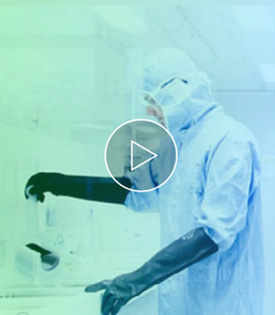PAb122 binds to the C-terminus (aa370-378) of both wild type and mutated p53. When microinjected into nuclei, PAb122 blocked re-entry into the S-phase of the cell cycle. Mutation and/or allelic loss of p53 is one of the causes of a variety of mesenchymal and epithelial tumors. If it occurs in the germ line, such tumors run in families. p53 Binds to a DNA consensus sequence, the p53 response element, and it regulates normal cell growth cycle events by activating transcription of genes, involved either in progression through the cycle, or causing arrest in G1 when the genome is damaged. In most transformed and tumor cells the concentration of p53 is increased 51000 fold over the minute concentrations (1000 molecules cell) in normal cells, principally due to the increased half-life (4 h) compared to that of the wild-type (20 min). p53 Localizes in the nucleus, but is detectable at the plasma membrane during mitosis and when certain mutations modulate cytoplasmic/nuclear distribution. p53 Is the most commonly mutated gene in spontaneously occurring human cancers. Mutations arise with an average frequency of 70% but incidence varies from zero in carcinoid lung tumors to 97% in primary melanomas. High concentrations of p53 protein are transiently expressed in human epidermis and superficial dermal fibroblasts following mild ultraviolet irradiation.
CF® dyes are Biotium's next-generation fluorescent dyes. CF®405S is a blue fluorescent dye (Ex/Em 404/431 nm) with superior brightness compared to other blue dyes; it is also compatible with super-resolution imaging by SIM. Note: Conjugates of blue fluorescent dyes are not recommended for detecting low abundance targets, because blue dyes have lower fluorescence and can give higher non-specific background than other dye colors.
Type: Primary
Antigen: TP53
Clonality: Monoclonal
Clone: Clone PAb122
Conjugation: CF405S
Epitope:
Host: Mouse
Isotype: IgG2b, kappa
Reactivity: Dog, Hamster, Human, Monkey, Mouse, Rat

